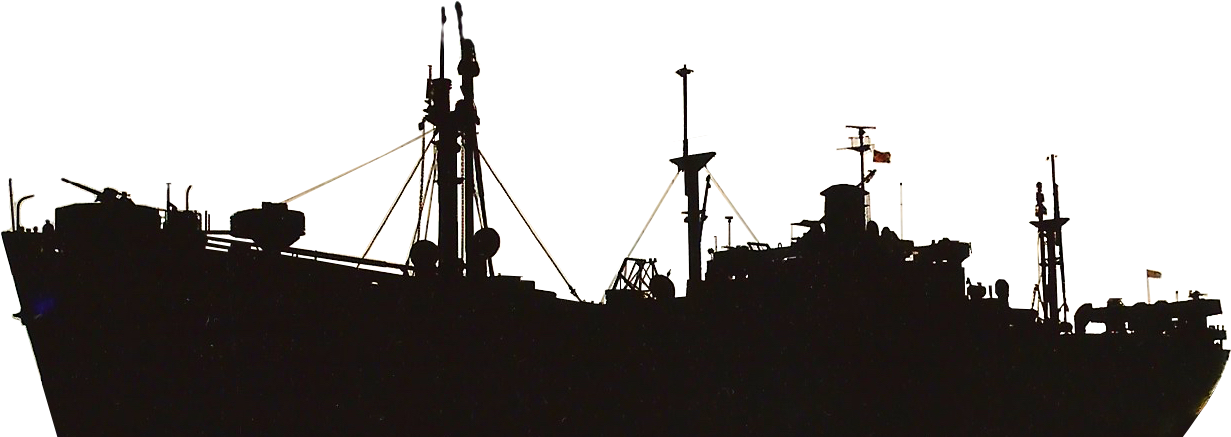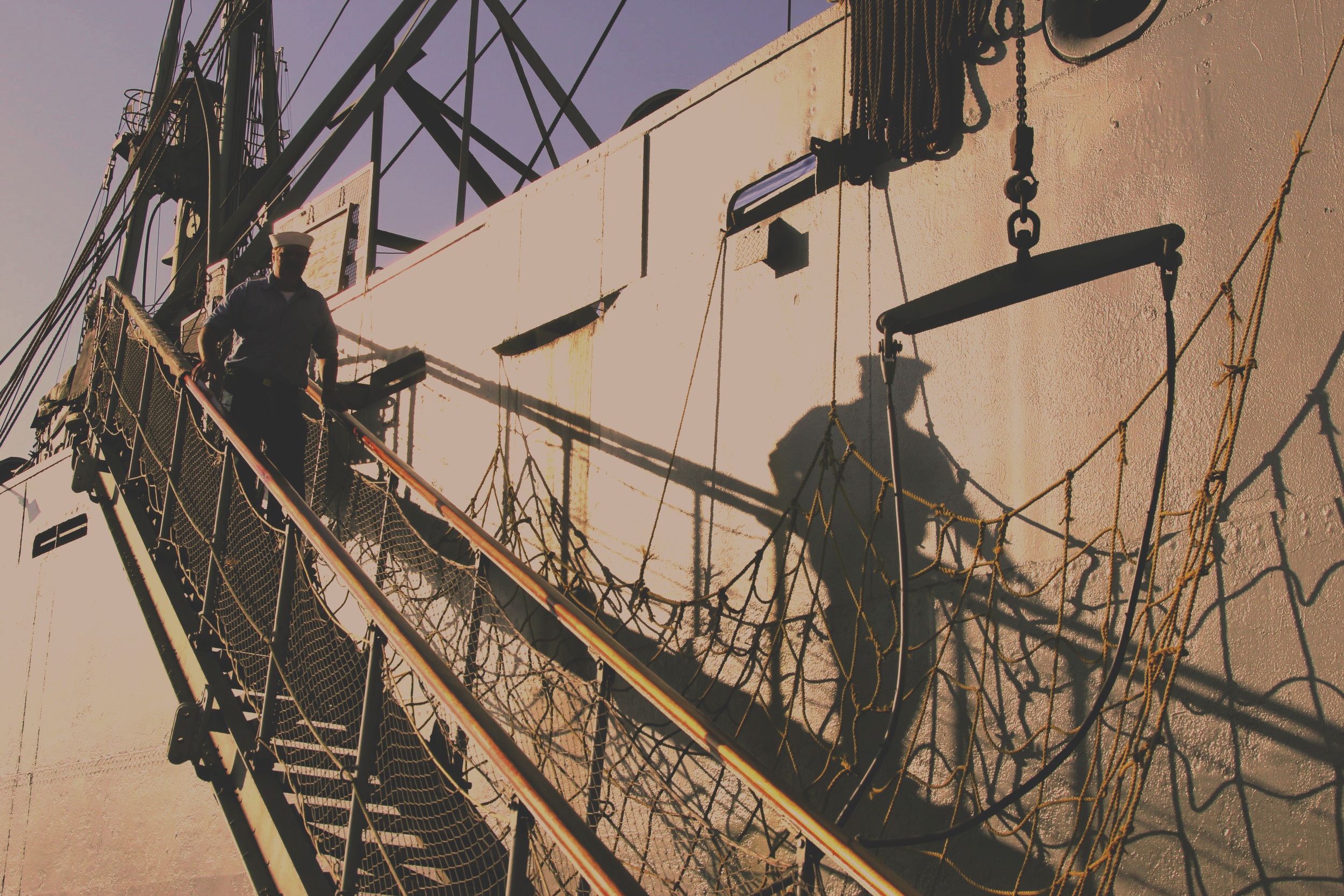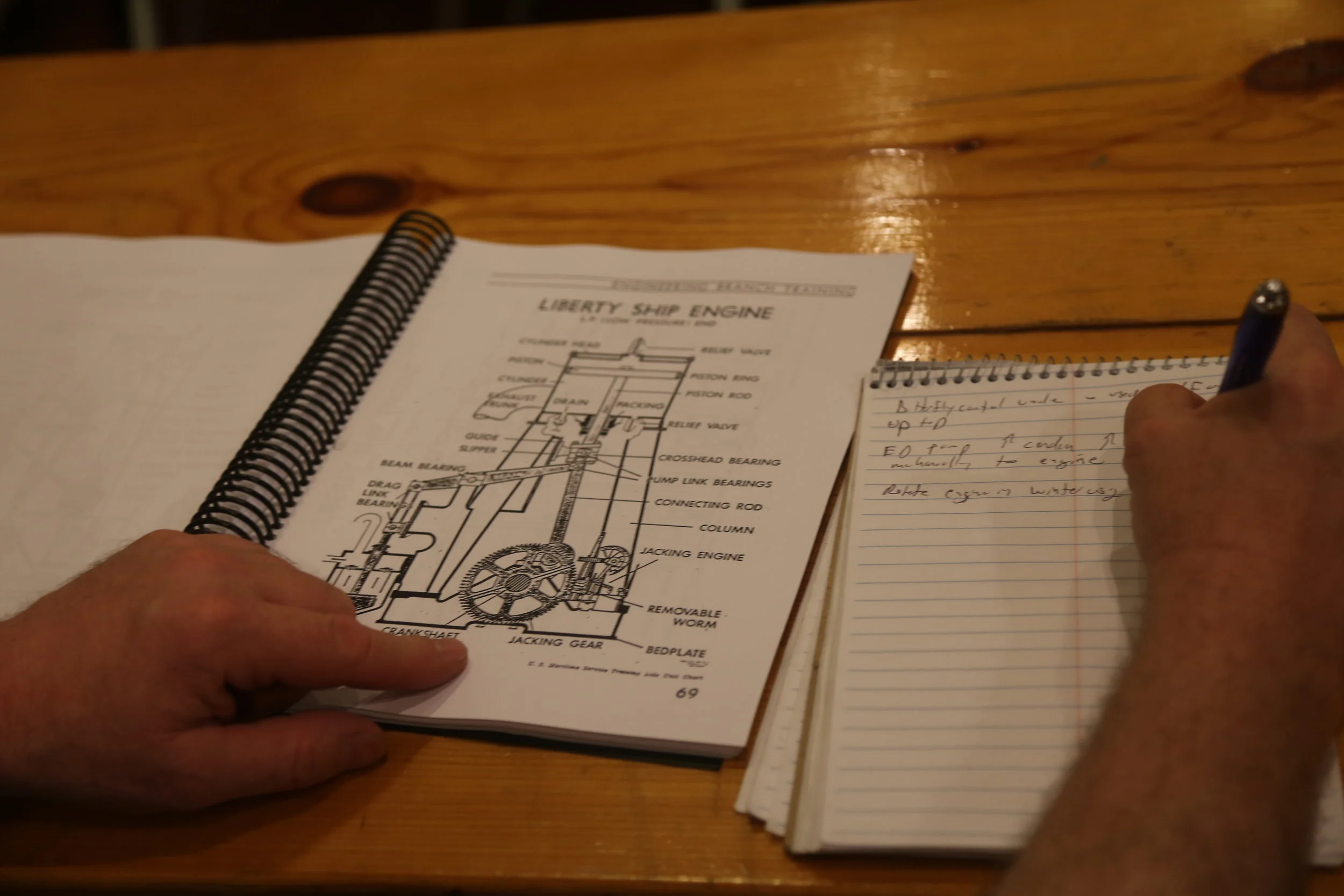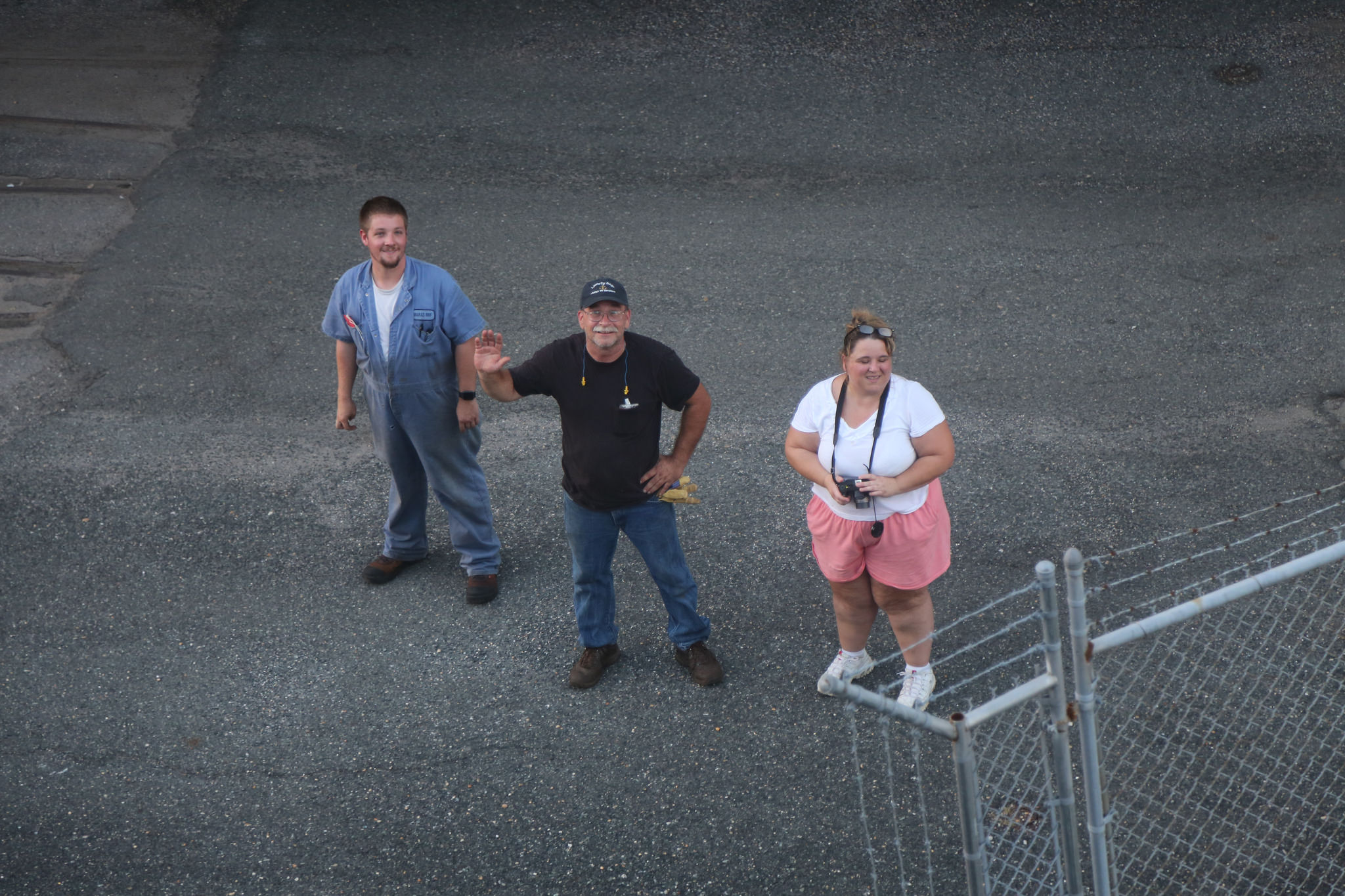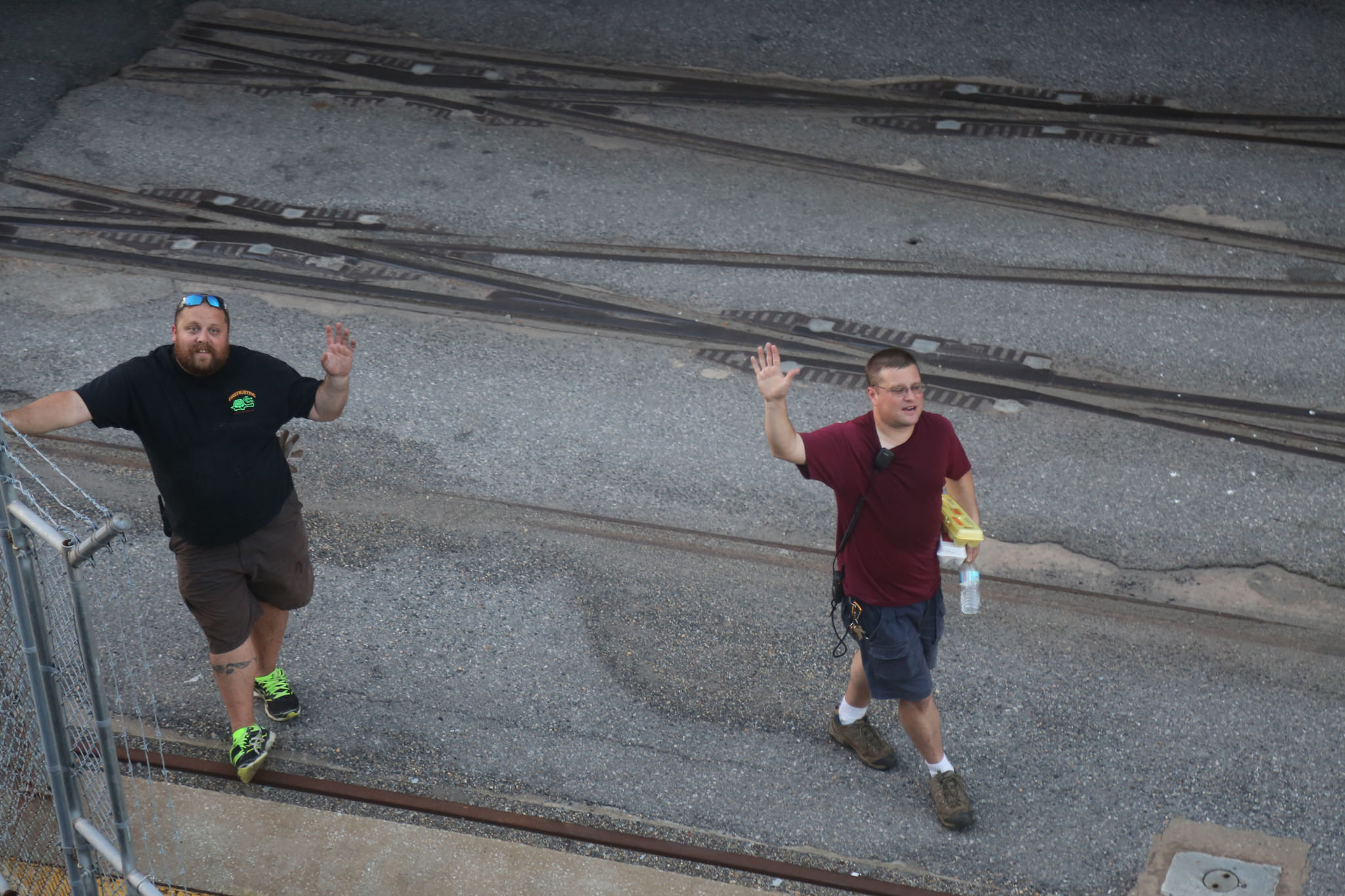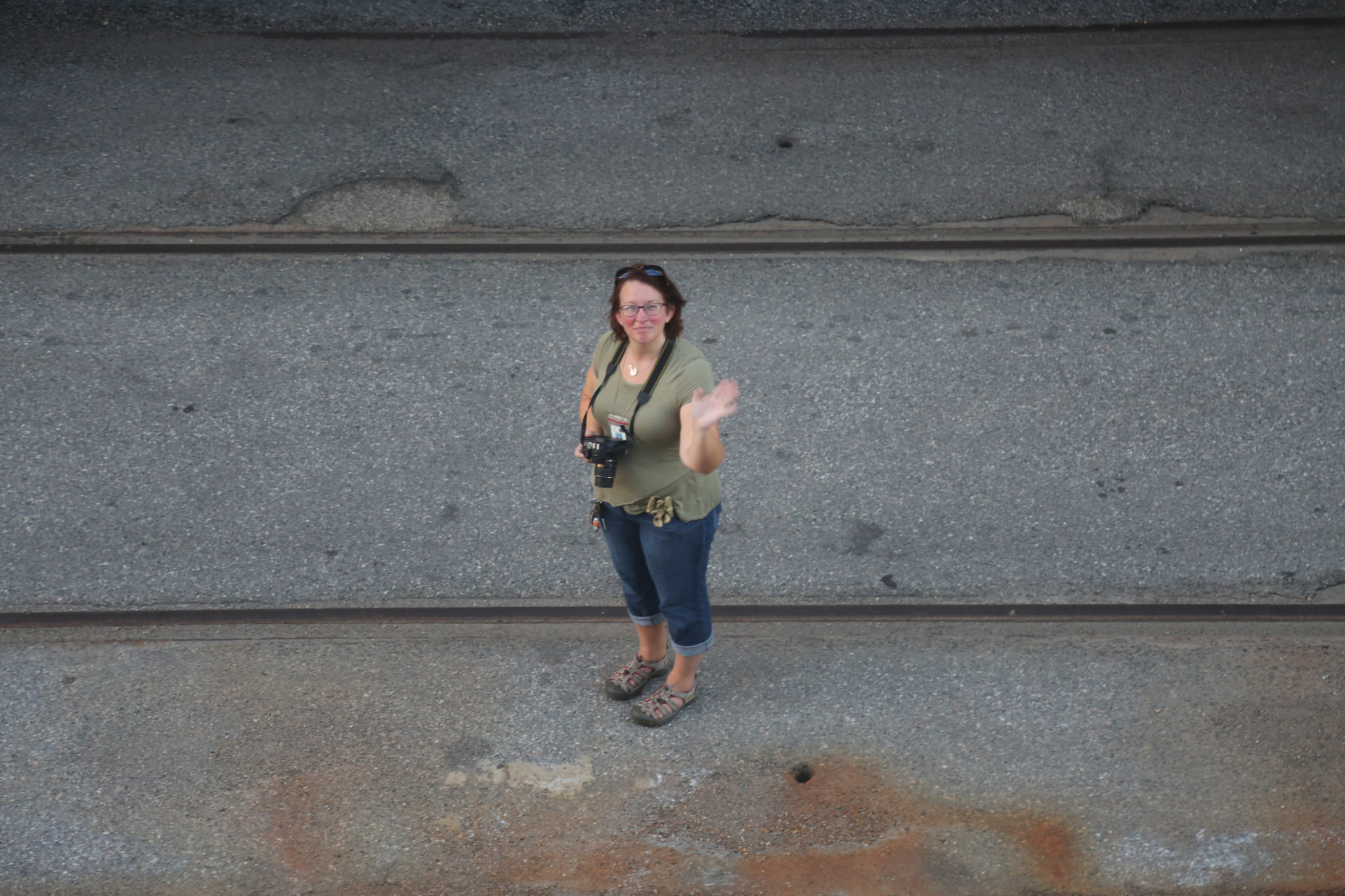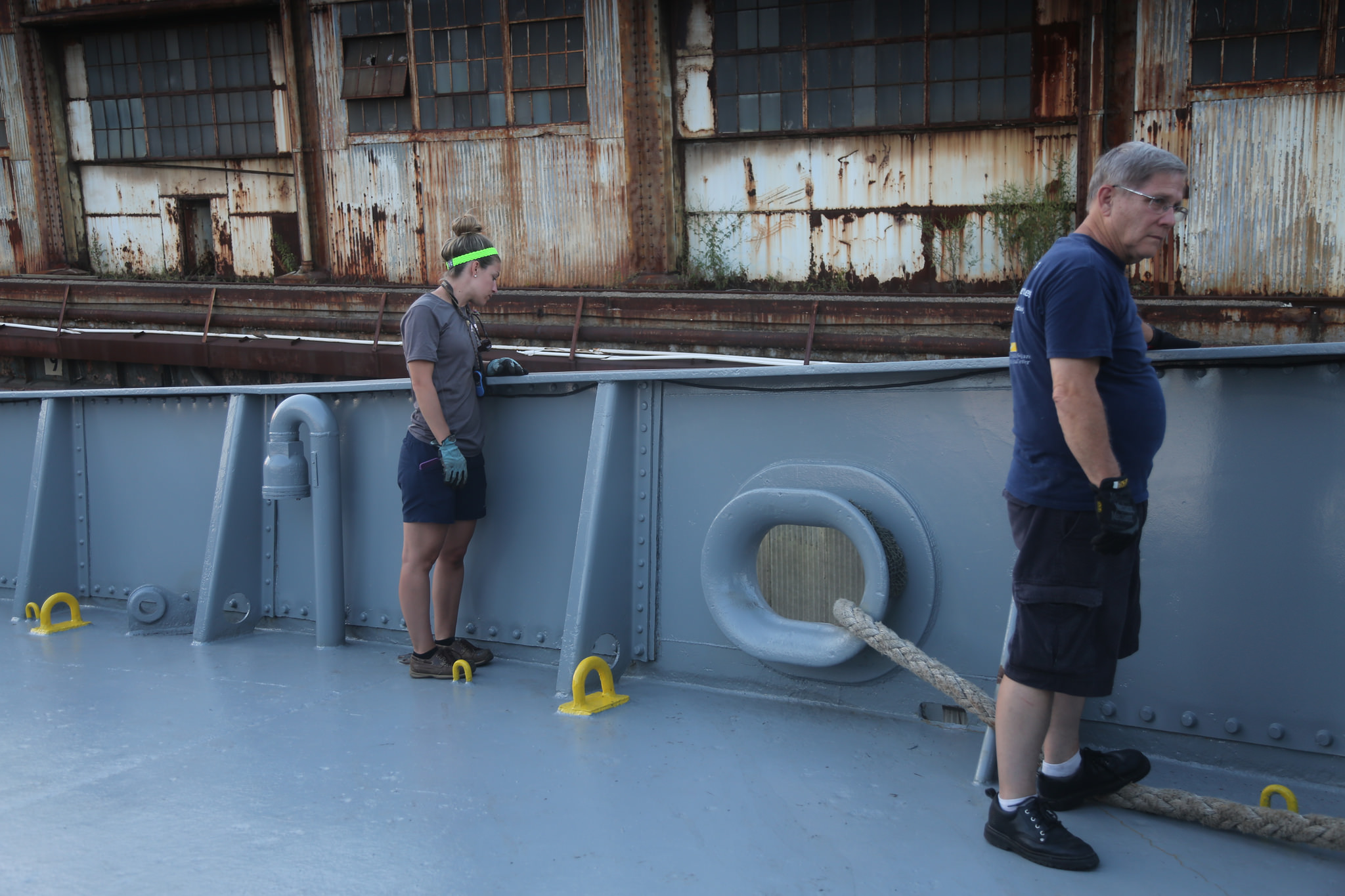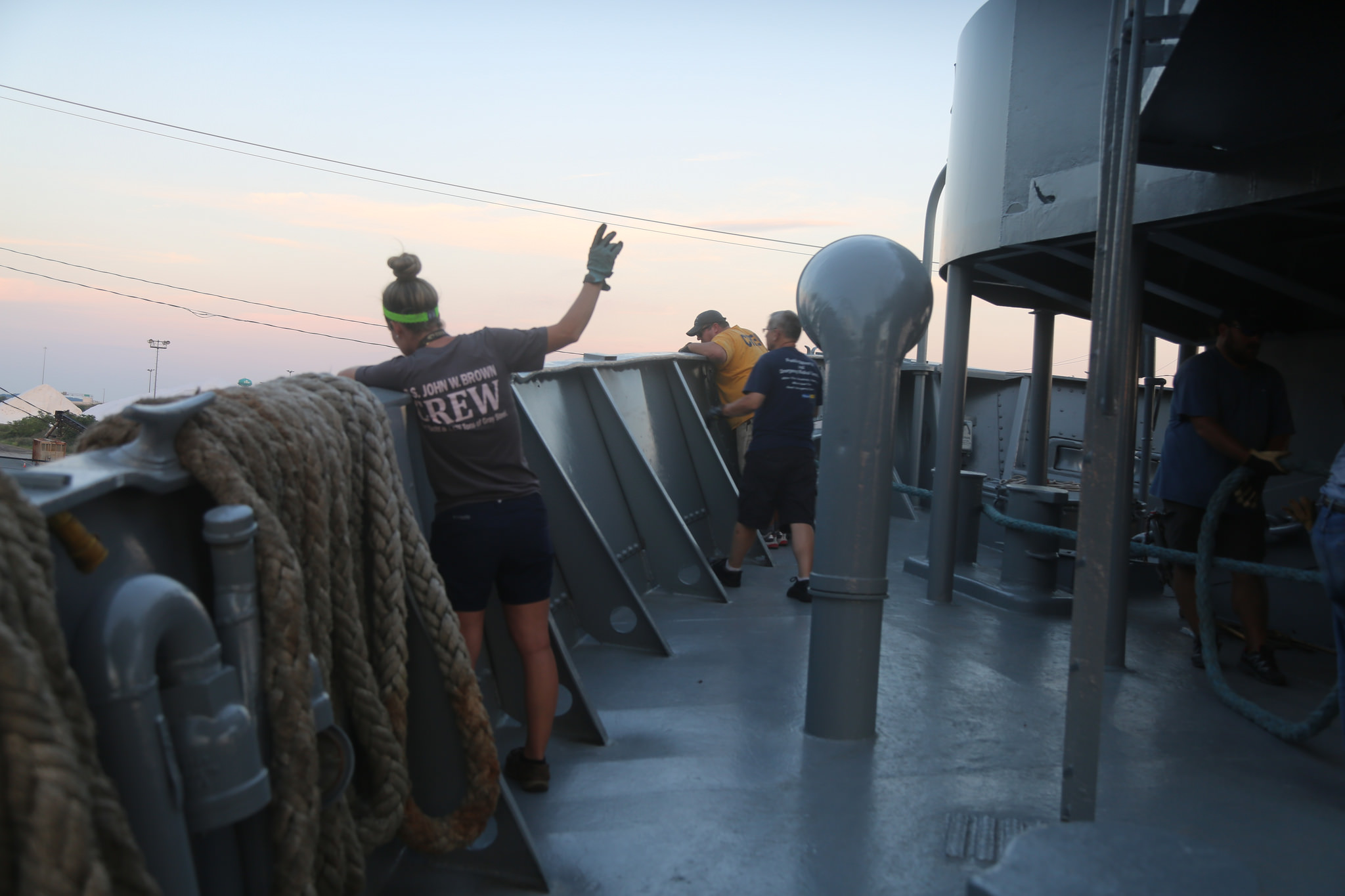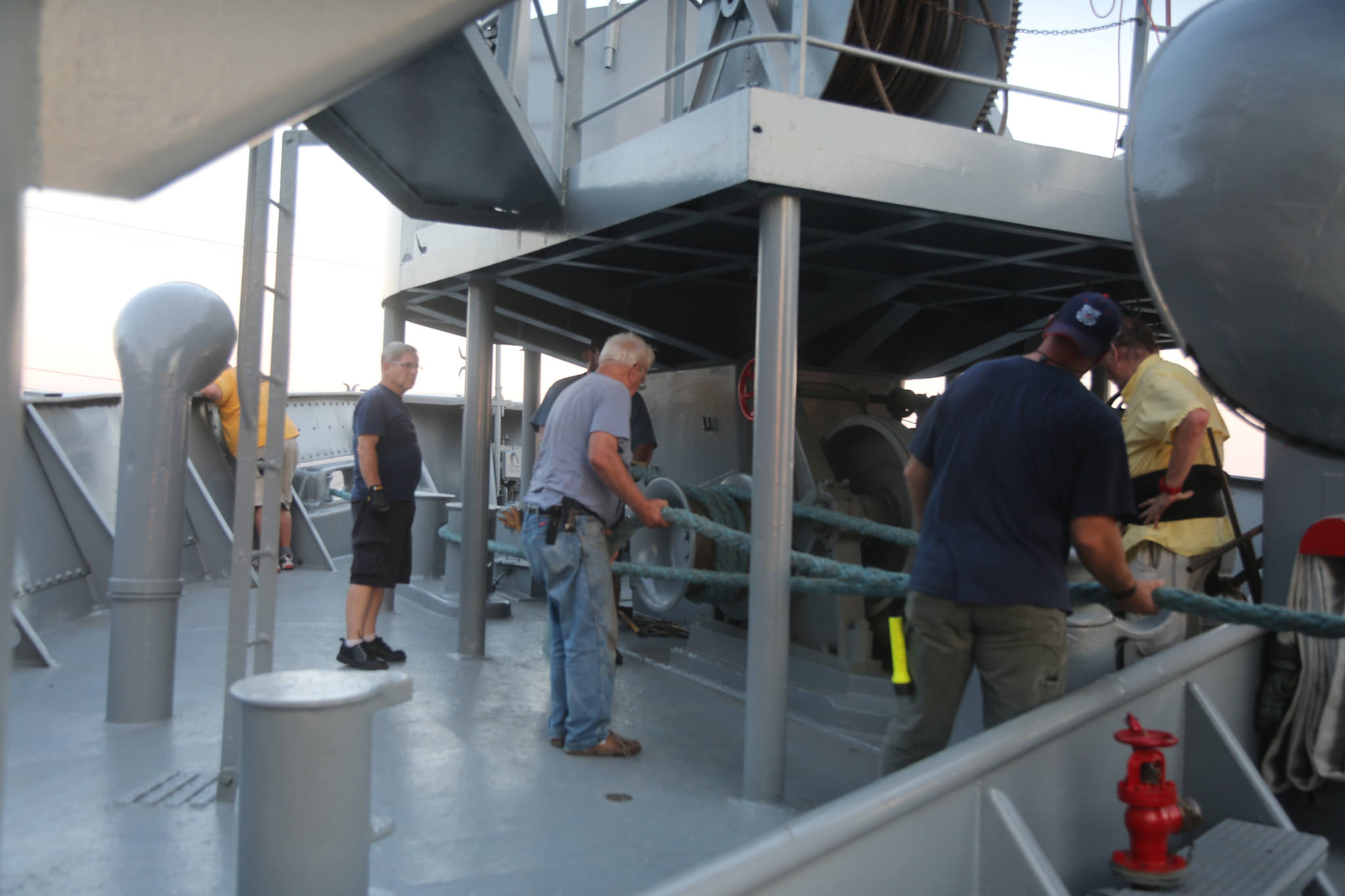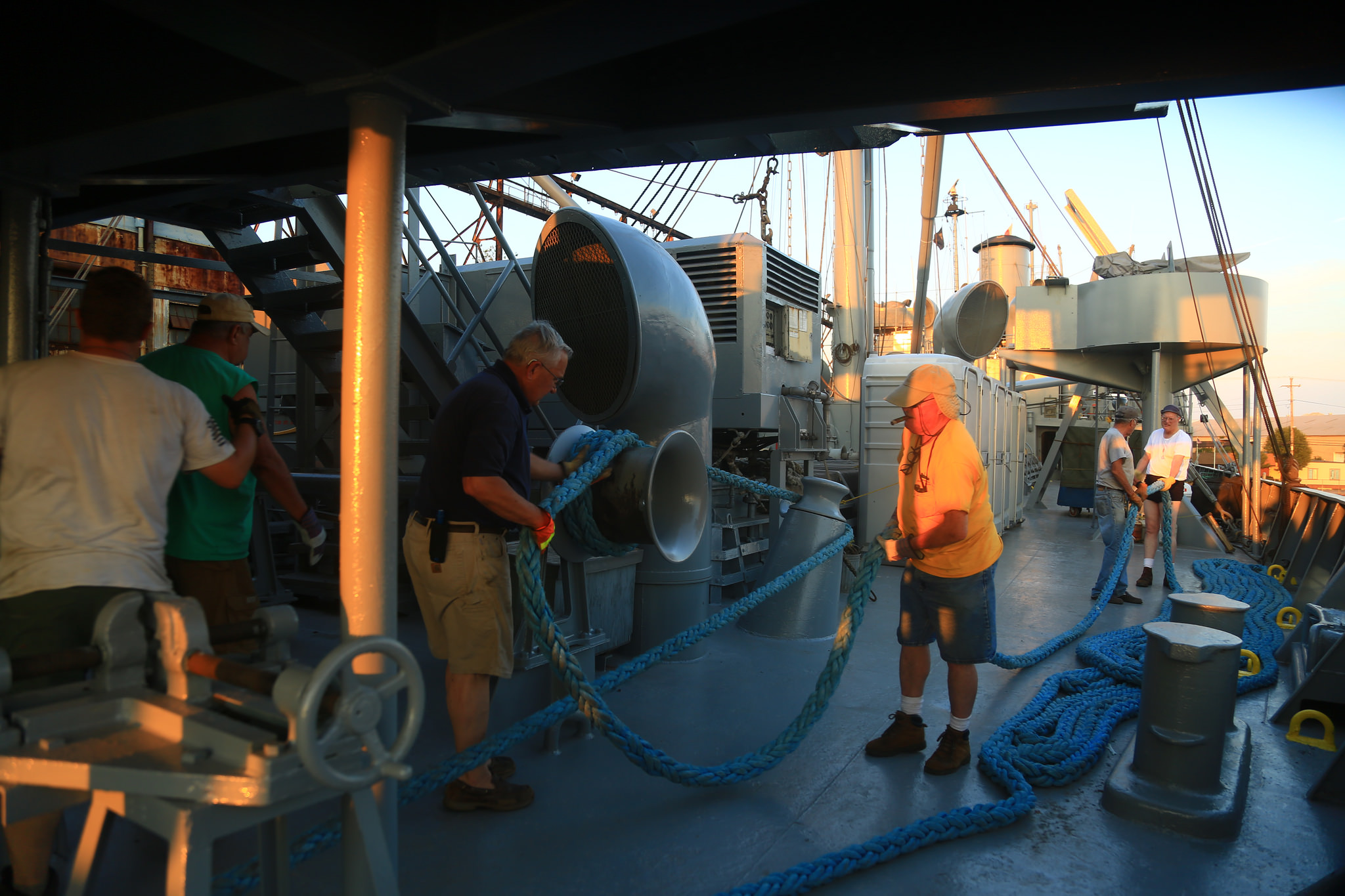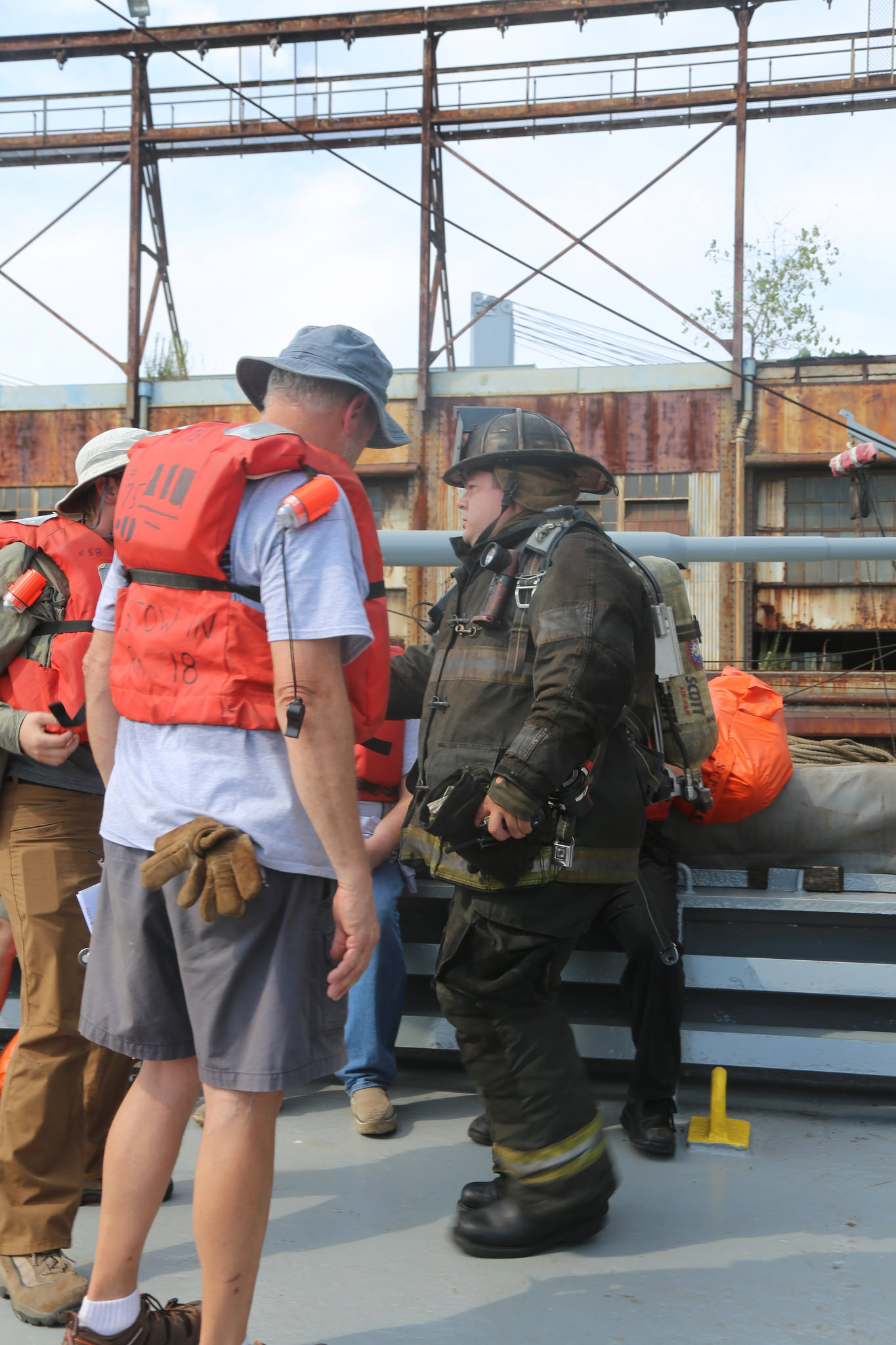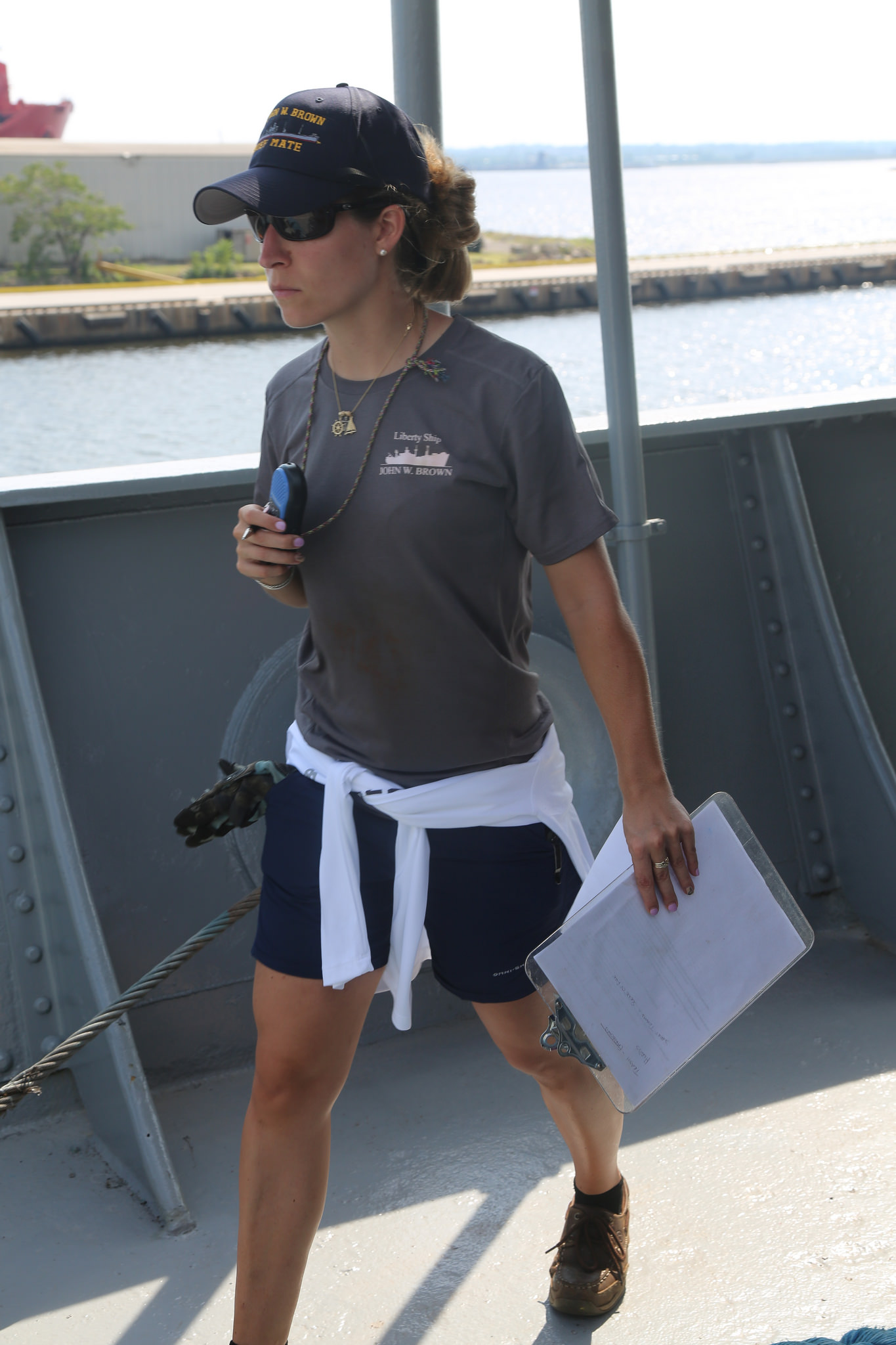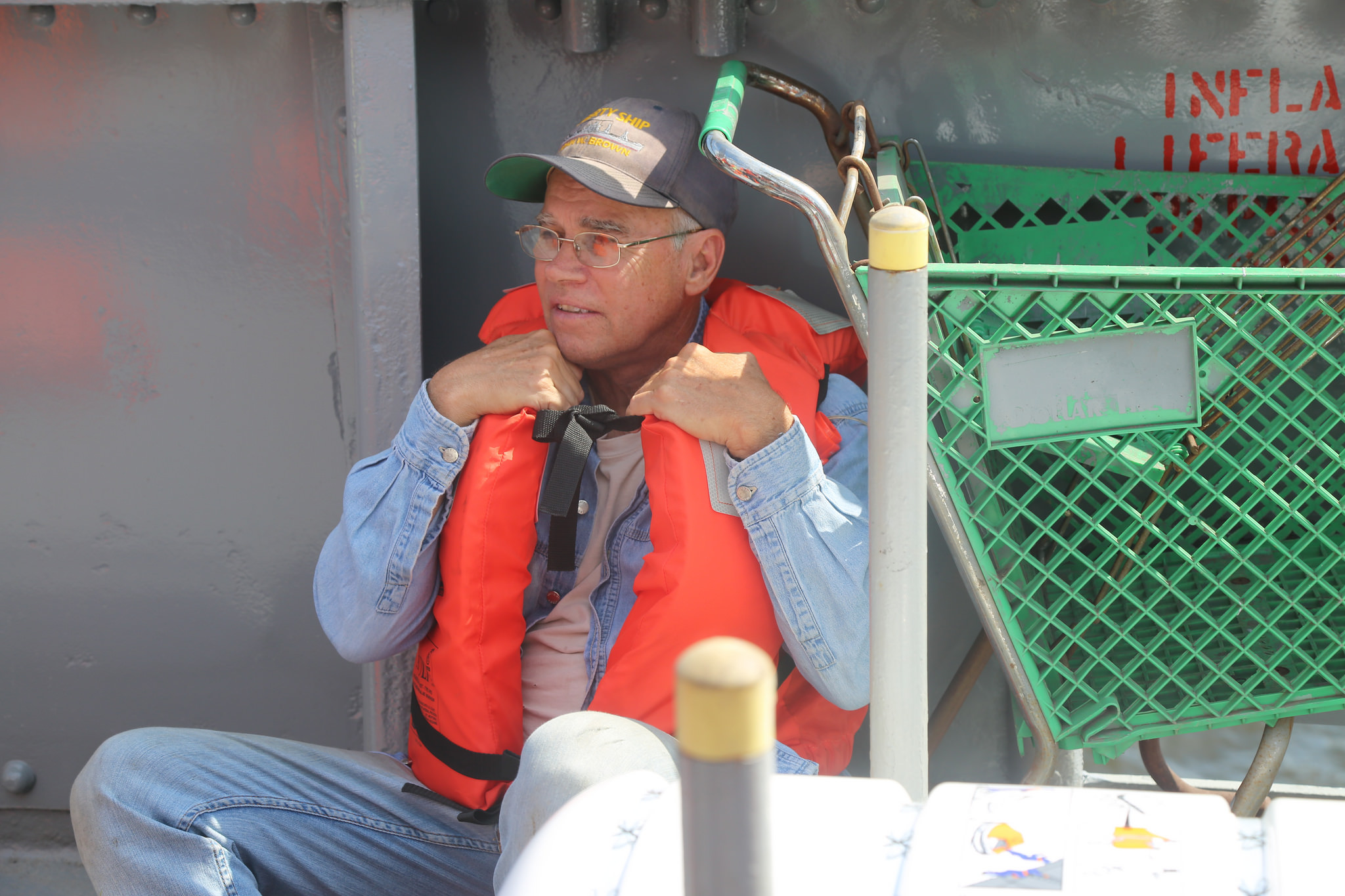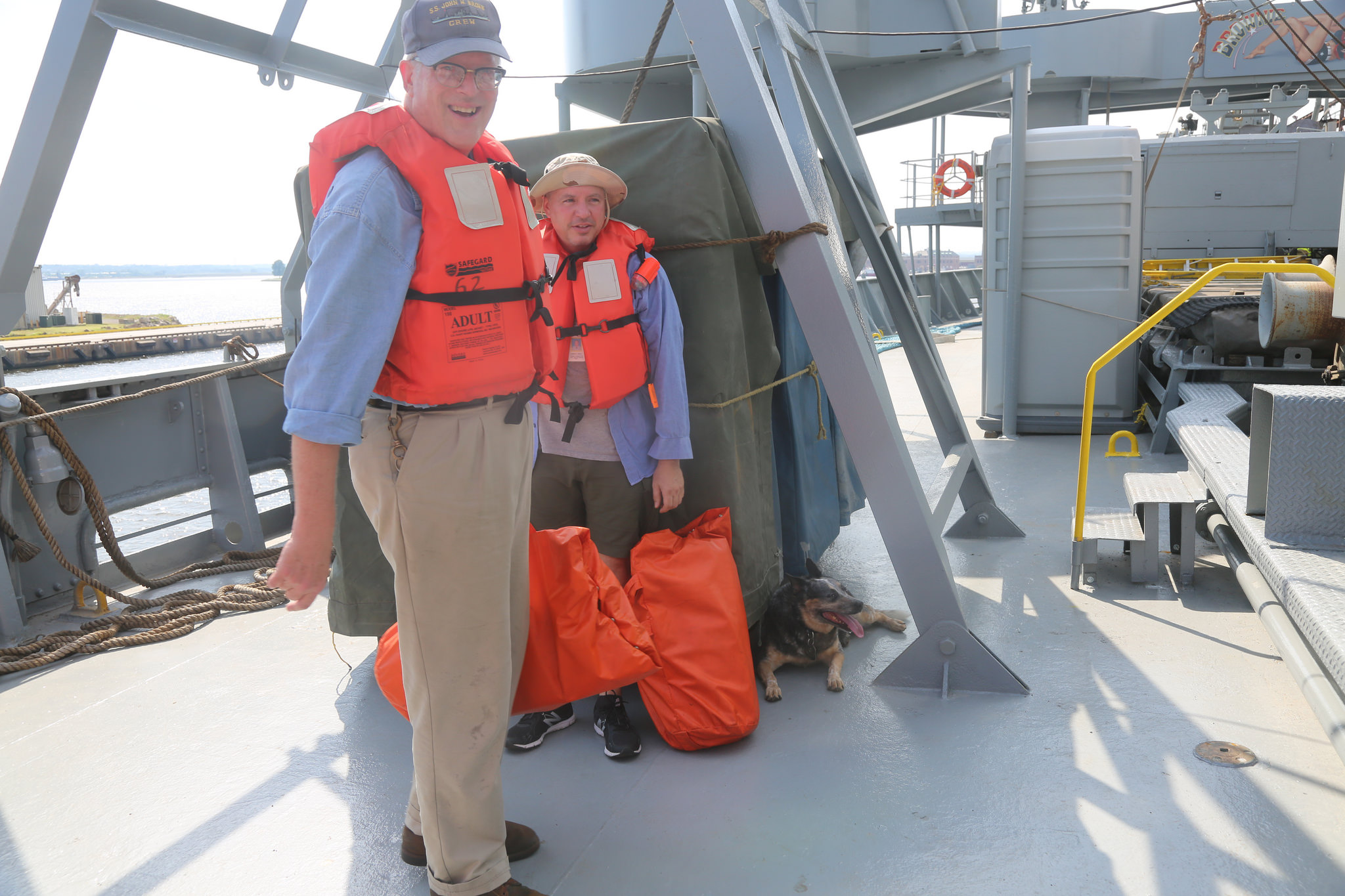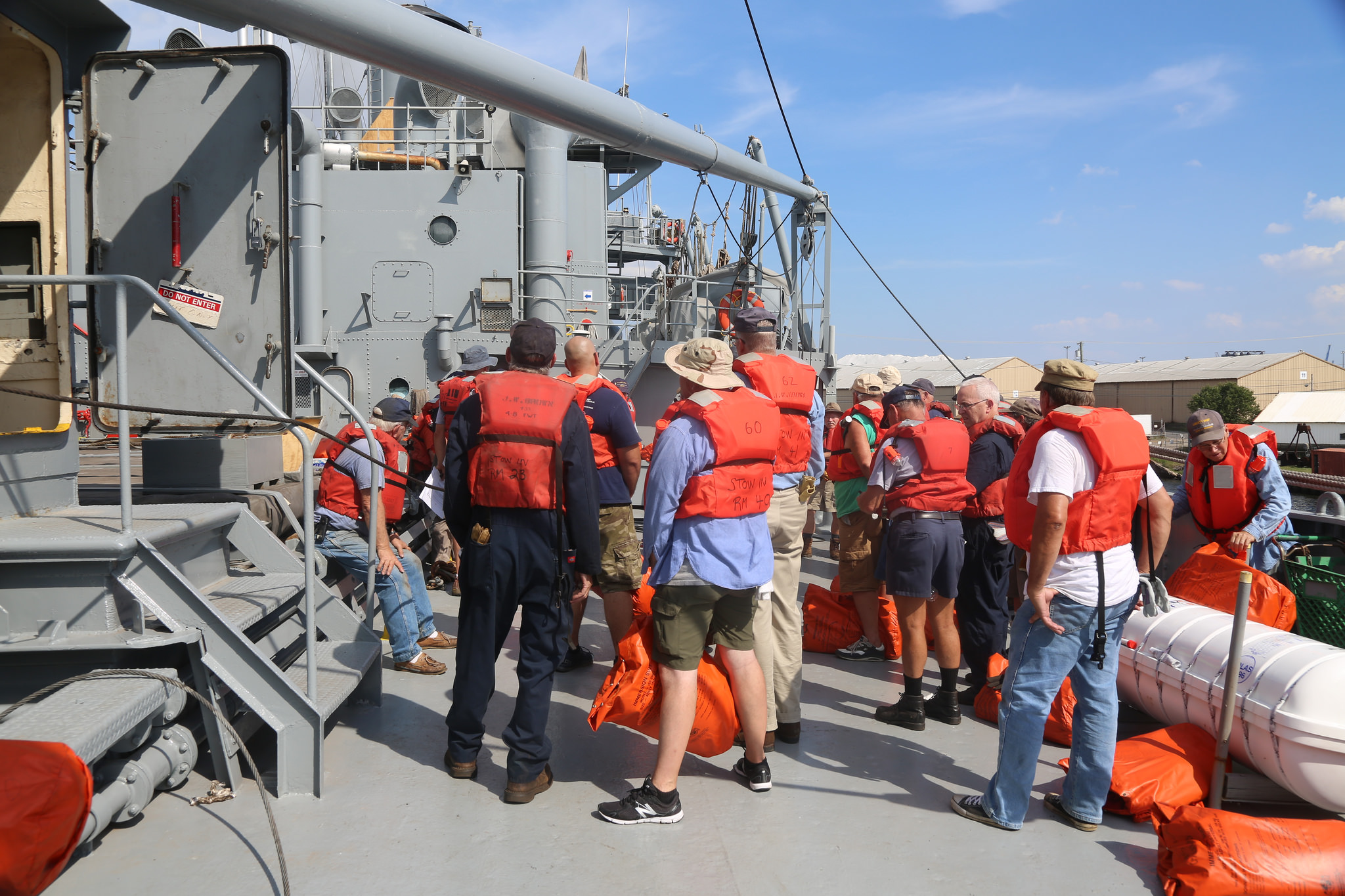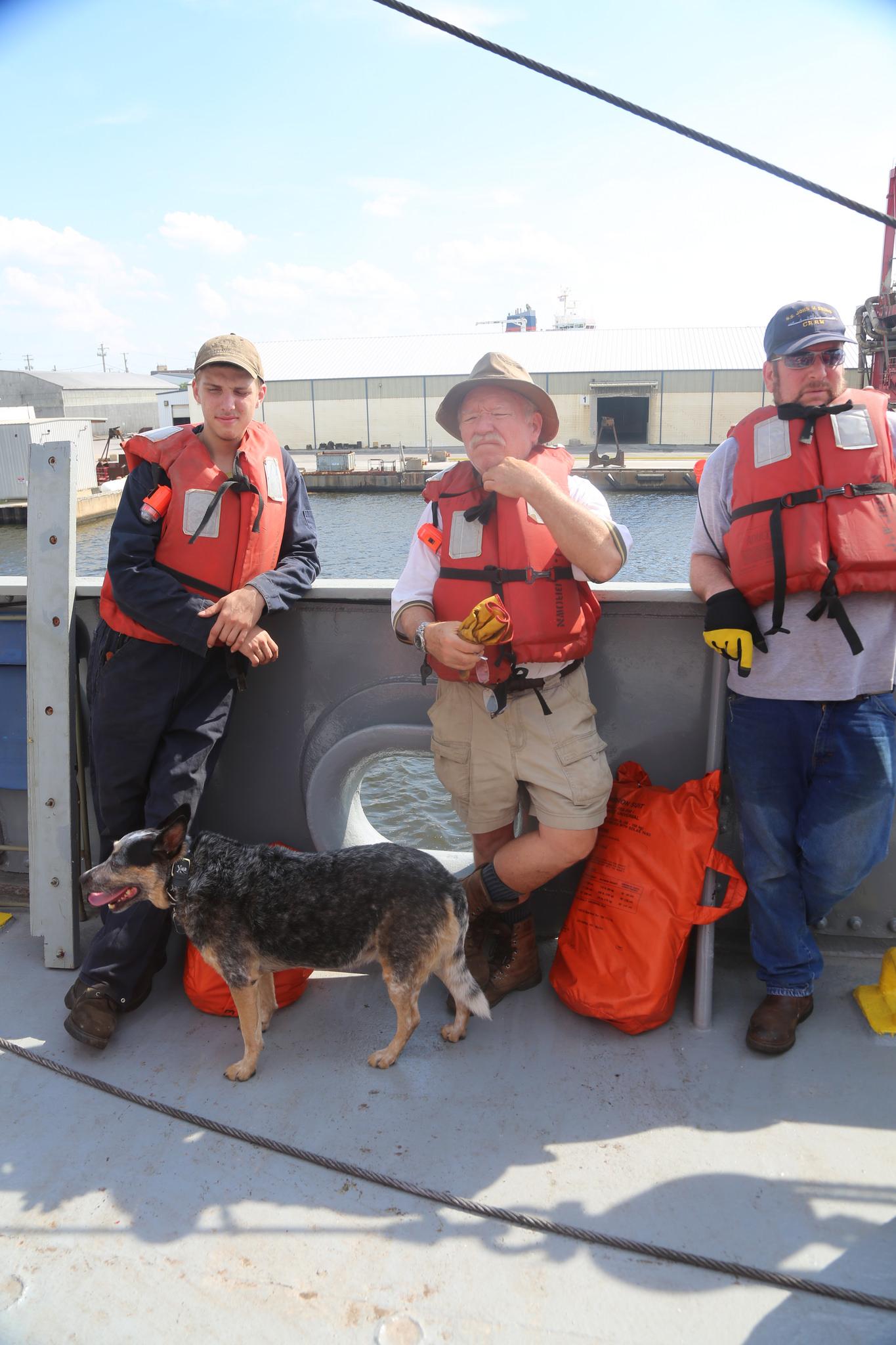Unless you are directly related to a job at sea, or know someone who has a career as a U.S. Merchant Mariner, you most likely do not know much about it. The audience for these blogs is very diverse, from Merchant Mariners themselves, family members to history buffs and High School & College students and the general public. A day spent with students from MITAGS-PMI (Marine Institute of Technology and Graduate Studies and the Pacific Maritime Institute) at The Paul Hall Center for Maritime Training and Education (affiliated with the Seafarers International Union (SIU)) in Piney Point, Maryland gave us enough info (and cool pictures) to be able to explain the types of training that those who make their living off of the sea, need.
MITAGS website says they are the "Leaders in Maritime Training and Simulation". They have many programs, but for those starting out in the Merchant Marines, there is Workboat Academy which is a 2 year program with weeks of classroom training and more weeks of on-board training. MITAGS offers a myriad of specific maritime credentialing courses each year, from Advance Meteorology and Advanced Navigation, to Basic Fire Fighting and Basic Shiphandling, all the way down the list to Vessel Security Officer and Watchkeeping.
The JOHN W BROWN is lucky to have 4 crew members who teach at MITAGS. For some courses, like Basic Safety Training and Advanced Firefighting, students need to be trained to be firefighters in the event that they are at sea and a fire were to start on board. MITAGS, with its very wide range of simulation training models is not equipped for Fire Fighting training, so students are bused from Baltimore, Maryland (at MITAGS) to the Paul Hall Center for Maritime Training and Education, specifically, the bridge and engine simulators at the Joseph Sacco Fire Fighting and Safety School (at a nearby satellite location).
The Harry Lundeberg School of Seamanship has been training seafarers since 1967. It is affiliated with SIU and is considered a vocational school. It provides entry level instruction for those wanting to start a career at sea. This school is also on the campus of the Paul Hall Center in Piney Point, Maryland. It's a large campus that offers all types of training and for this blog we are focusing on the Joseph Sacco Firefighting and Safety training school. This is a state of the art Fire Fighting campus with awesome fire instructors, and like MITAGS, they offer a wide range of U.S. Coast Guard approved courses. Each year, they have thousands of men and women come to get certified or take specific courses. The instructors there said that they have classes each week and the fire simulators are used every week. They have so much experience with these courses that it's an art form.
The day starts out with trying to take civilian Merchant Mariners (and NOT professional Fire Fighters) and get them used to donning turnout gear. This is done by creating muscle memory...as in doing it over and over and then having them do it while timed. It also involved a safety walk through, so that students could see the buildings and the stations they would be going through that day. It was an interesting combination of showing students the safety measures and to also get them accustomed to the places they would be on that day and setting the rules (follow directions from instructors at all cost, you will never be more than 3 feet from an instructor during all live fire exercises , no one has been seriously hurt before (let's NOT ruin that streak)...that type of thing.
Then they moved onto some actual training. The campus is set up with propane, and crazily enough (and VERY cool!) with remotes held by instructors and control rooms. They started with basic hose-handling and how to approach a fire with hose in hand. This is a very methodical, and very precise approach to get the students from A to Z, with A being complete novice and Z being comfortable and confident enough to handle an emergency at sea. Students also get hands on practice with fire extinguishers, too. Students then began practicing repeatedly and correctly using SCBA (self contained breathing apparatus).
After lunch all the live fire practicals and scenarios took place, with students getting much more direct practice on hooking up to SCBA. And by practice, we mean practice until it becomes natural. Here students get to work on the Fire growth behavior lab, where they get to see what happens with smoke ceilings and they get to practice the application of water and types of patterns for direct and indirect fire attack.
One of the most interesting things to observe was how these men (this class was all men, but most classes also have females taking the training) went from being uncomfortable dressing in turnout gear and hooking up to air from their bottle, to looking much more comfortable and in some cases, VERY competent. The MITAGS instructors worked hand in hand with those from the Piney Point SIU campus to properly train this class, and it was interesting to watch. Fires are bad news to begin with, leaving a wide path of destruction in their wake and the potential to take lives. Add a fire to a self contained large ship at sea, and you can see why this training is invaluable. Hope you liked reading the information here, no matter what your point of view, and at least enjoyed looking at some neat pictures. Until next week...
Project Liberty Ship, Inc is a 501(c)3 non-profit, all volunteer organization engaged in the preservation and operation of the historic ship JOHN W. BROWN as a living memorial museum. Gifts to Project Liberty Ship are tax deductible.
